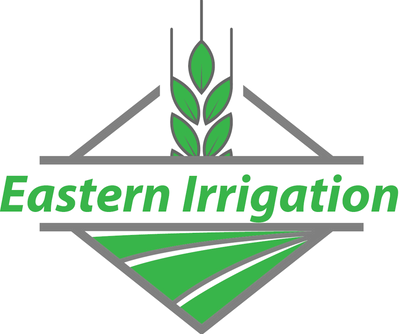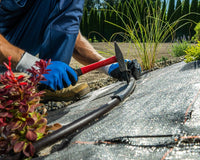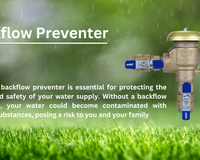Introduction to Drip Irrigation
Drip irrigation systems are revolutionizing the way we water our gardens and landscapes. By delivering water directly to the root zones of plants, these systems ensure optimal soil moisture while conserving water. In this comprehensive guide, we'll dive into the essentials of drip irrigation, its numerous benefits, and how to choose the best system for your needs.
Components Needed
- Head Assembly: Filter and pressure regulator.
- Main and Sub Distribution Lines: PVC and polyethylene tubing.
- Emission Devices: Drip emitters, micro sprinklers, or dripline.
- Accessories: Hole punchers, stakes, fittings.
Head Assembly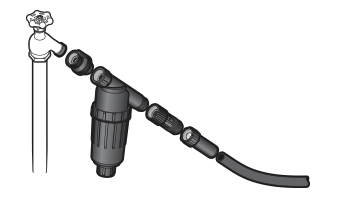
How to Design a DIG Corp Drip Irrigation System
A drip irrigation system can be designed in various ways: as a stand-alone system starting from a faucet, as a retrofit of an existing sprinkler system, or as a new installation starting from an in-line or anti-siphon valve. To ensure efficiency and trouble-free operation, consider the following factors:
- Static Pressure: The pressure of water in your system when no water is flowing.
- Water Volume: The maximum amount of water available.
- System Pressure: The pressure during operation.
- Flow Rate: The total flow rate needed for the emission devices.
- Connections: The type of connections required for the system.
By addressing these elements, you can design a drip irrigation system that operates efficiently and remains reliable throughout its lifespan
Setting Up Your System
Connect to Water Source:
- Attach to a hose bib, inline valve, or anti-siphon valve.
- Optionally, add a hose end timer for automation.
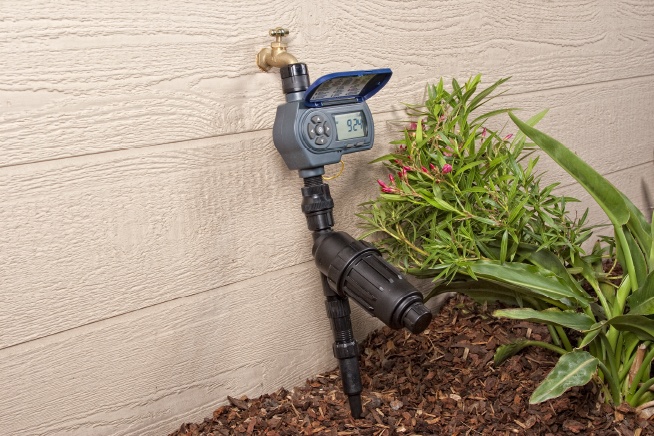
Assemble Head Components:
Attach the Filter and pressure regulator. regulator for controlled water flow.
Install a backflow preventer if required.
Lay Out Tubing:
Connect the main line to the head assembly.
Lay out the poly tubing near the plants and let rest in the sun.
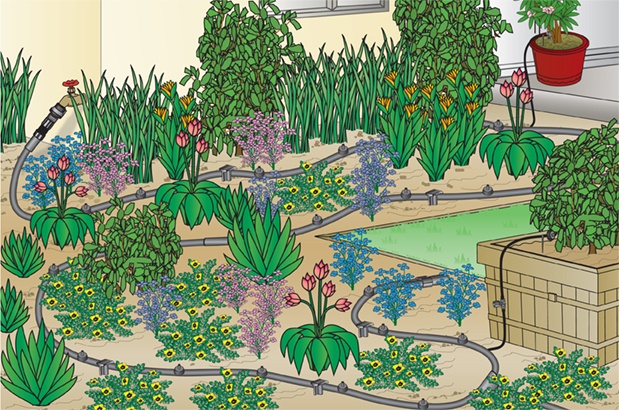
Install Emission Devices:
Punch holes and insert drip emitters or connect micro sprinklers.
Position emitters to water plant root zones efficiently.
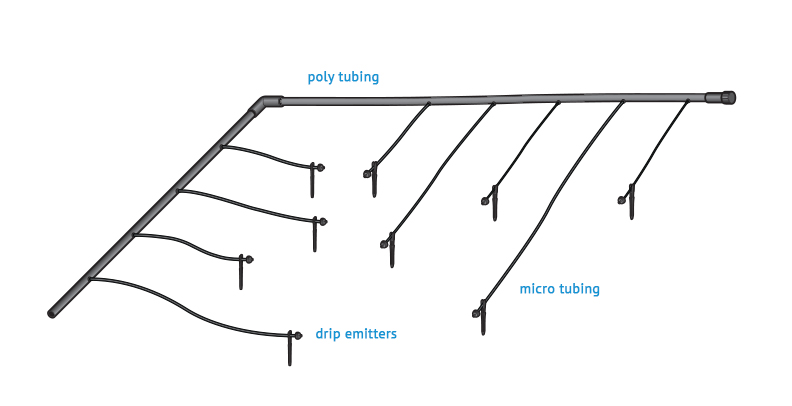
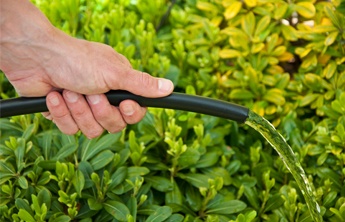
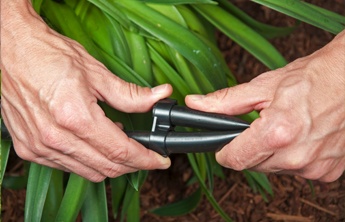
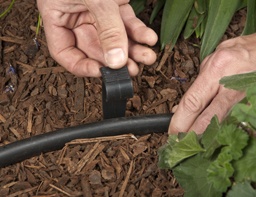
Maintenance Tips
- Inspect regularly for clogs and leaks.
- Clean filters periodically.
- Adjust emitters and tubing as plants grow.
Conclusion
Proper installation and maintenance of a DIG Corp drip irrigation system ensure efficient water use and healthy plant growth. By carefully flushing the system, inspecting for issues, securing the tubing, and applying mulch, you can maximize the benefits of your drip irrigation setup. This not only conserves water but also enhances the soil and supports plant health, especially during hot weather. Following these steps will help you achieve a reliable and effective irrigation system for your garden.
SHOP ALL DIG CORP.
Frequently Asked Questions
What is the primary benefit of a drip irrigation system?
The main advantage is its water efficiency, as it delivers water directly to the roots with minimal evaporation or runoff.
How often should I check my drip irrigation system?
Regular maintenance checks every few weeks ensure that the system is functioning correctly and efficiently.
Can drip irrigation be used for all types of plants?
Yes, drip irrigation is versatile and can be adapted for a variety of plants, including garden vegetables, lawns, and landscapes.
Related Articles:
Frequently Asked Drip InformationWhat Is Drip Irrigation and What You Need to Know
A Simple Guide to Easy Watering with Hands-Free Systems
